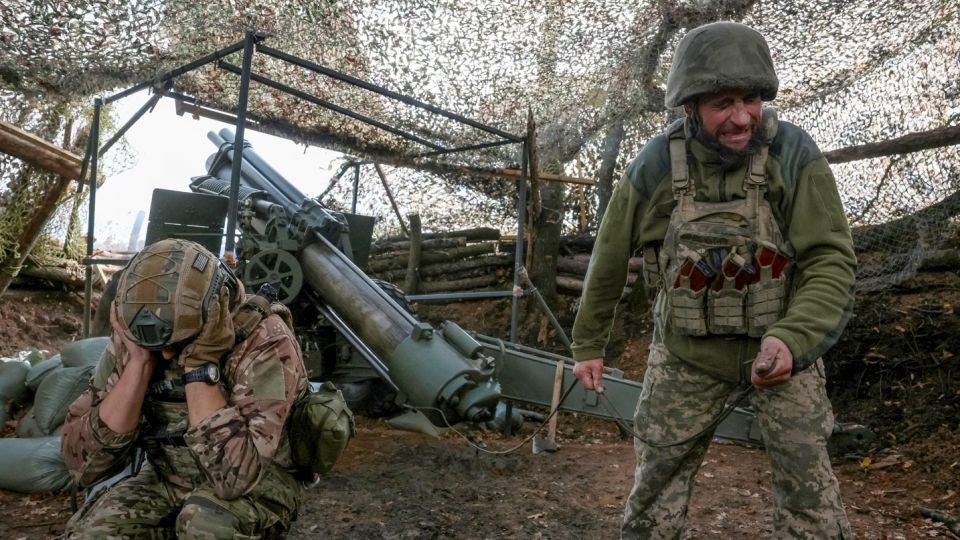Russian Advances Despite U.S. Calls for Truce
Russian forces continue to make incremental progress along various sections of the extensive front line in Ukraine, even in light of recent calls from U.S. President Donald Trump for a combat freeze. Trump advocated for both sides to “stop where they are” after a meeting with Ukrainian President Volodymyr Zelensky in Washington D.C.
Despite these calls, Russian forces appear committed to securing their territorial gains before the winter. On Friday, they deployed a record 268 guided aerial bombs, significantly higher than the 170 to 180 used daily in recent weeks, primarily targeting Ukrainian military and infrastructure near the front lines.
The Russians have also intensified their nighttime drone and missile strikes across Ukraine, focusing particularly on energy infrastructure. In September, over 180 drones were launched nightly, more than double the average from earlier in the year, with Ukrainian officials acknowledging that they are unable to intercept approximately 20% of these attacks.
Some analysts believe Moscow lacks any motivation to seek a compromise. According to noted Russia expert Dara Massicot, the Kremlin has found new effective methods of deploying drones against Ukrainian troops, transforming a former vulnerability into an asset. Massicot pointed out that advancements in missile technology and armored systems give Russian commanders greater tactical flexibility.
In the Kharkiv region, Ukrainian forces are under increased strain, particularly in the town of Kupiansk, which has been surrounded for over a year. Reports indicate that Russian troops have made significant advances in the areas surrounding the town, with ongoing skirmishes even reported in its center. Ukrainian military sources indicated that they are actively working to repel these advances.
Meanwhile, in Donetsk, fighting persists around Pokrovsk, where Russian bloggers claim their military is making headway. However, the Ukrainian military asserts it has regained around 70 square miles in counterattacks over the past two months. Oleksandr Syrskyi, the commander of Ukrainian forces, believes that Russian advances have come at a high cost, with both parties facing substantial casualties.
In response to these heavy losses, the Russian defense ministry seems to be reevaluating its recruitment tactics, potentially moving towards mobilizing active reserve members instead of relying on financial incentives that appear to be losing effectiveness. Meanwhile, Ukraine is focusing on long-range strikes against critical Russian infrastructure to encourage a push for negotiations, despite ongoing casualties and economic strain on Russia, as President Vladimir Putin remains reluctant to consider ceasefire options.



